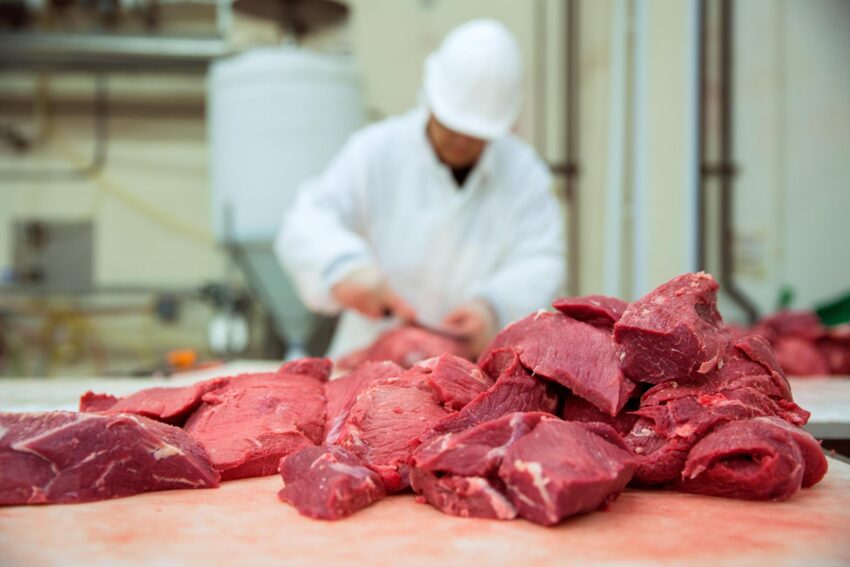In the early days of meat production, animals were slaughtered and their carcasses processed through manual processes. Today, thanks to advancements in technology, primary meat processing are much more automated and efficient.
This has led to significant improvements in quality and safety, as well as increased efficiency and cost savings. In addition, improvements in technology have made it possible to produce more meat from a given number of animals, thus furthering food security concerns.
It involves several processes such as deboning, trimming, portion cutting, line formation, and meat preparation. These are some essential steps to ensure that the meat obtained from animals is safe for human consumption. This is why the advent of technology in this sector is a boon.
Companies such as DGS processing solutions design, manufacture, install and maintain unique and custom machines and robots for meat processing and product handling. These appliances have improved health and hygiene standards and reduced labor costs and worker exploitation.
Use of machinery in various meat processing stages
Stunning
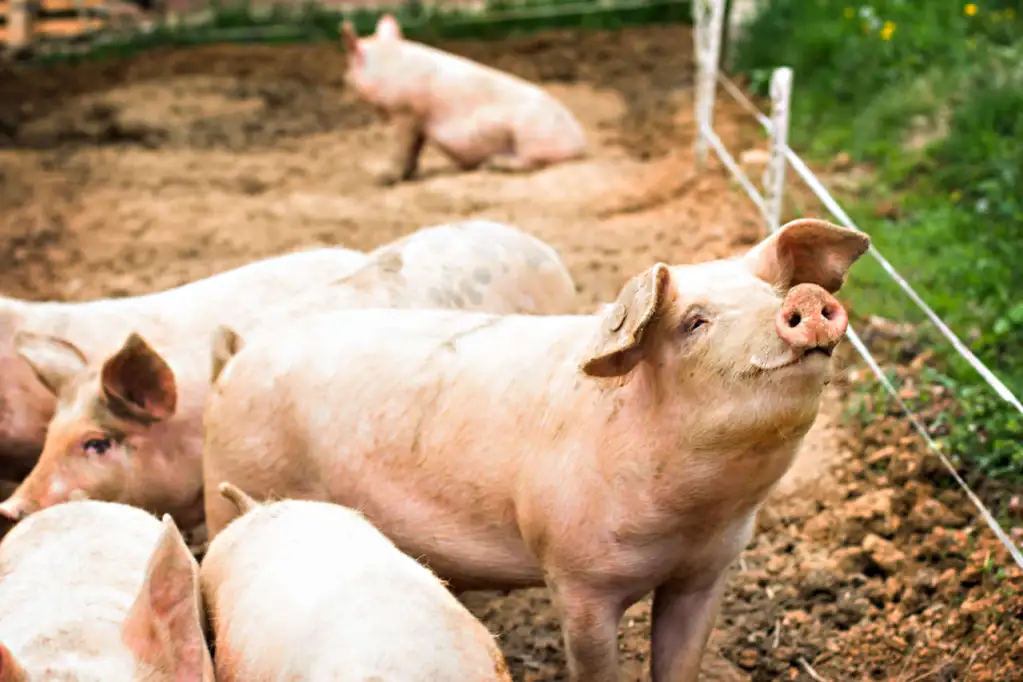
To ensure painless butchering animals are often stunned before they are slaughtered. Some technology-based stunning methods include using CO2 gas as anesthesia, electrical stunning, which overrides the electrons in an animal, immediately rendering it unconscious, and the painless way of captive bolt stunning, which involves the use of a steel bolt powered by either compressed air or a blank cartridge. These methods ensure that an animal is butchered least cruelly, which helps improve the overall quality of meat.
Cleaning and slaughtering
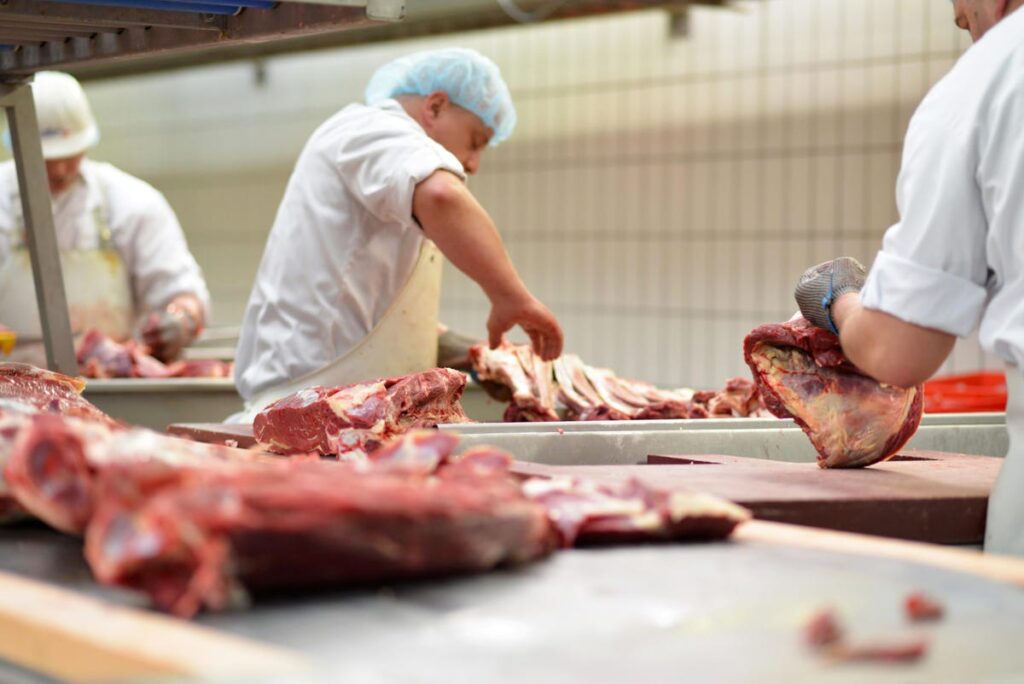
The next step is cleaning up the animal, which involves the removal of the animal’s pelt or feathers on poultry before butchering. Plucking machines and skinning devices equipped with blades, rotating motors, and extending arms make extracting pelt from livestock much easier. After the fur or feather is removed, the dead carcass is cut with utmost care to ensure that the insides do not rupture to ensure the procuring of meat is safe for consumption.
Cutting
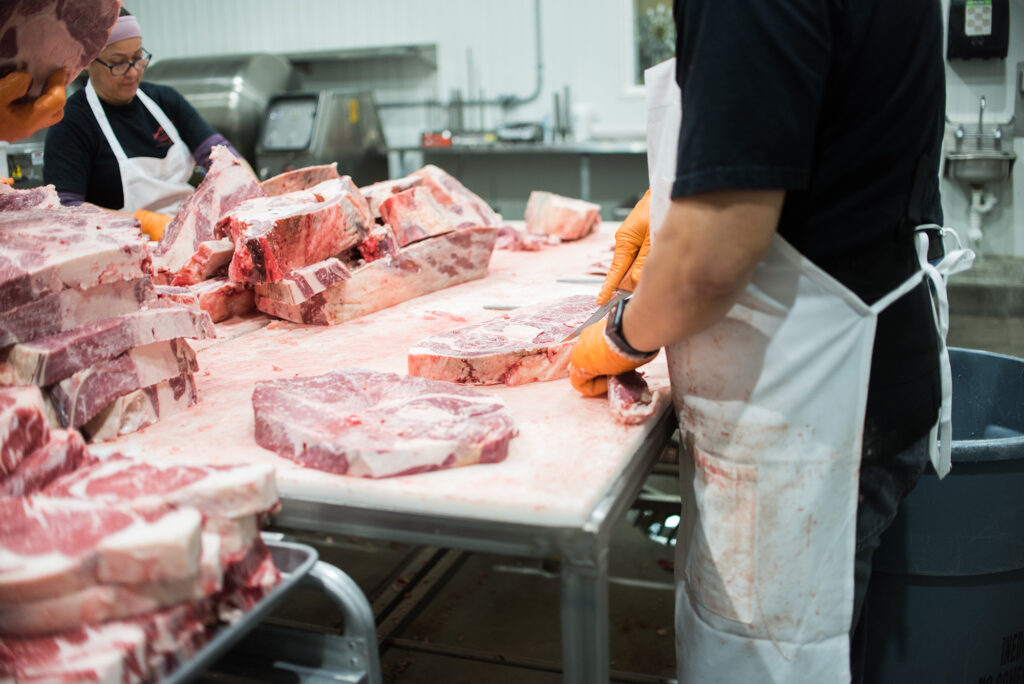
Once the meat has been safely removed from the carcass, it is cut into more delicate pieces for cooking and selling purposes. Many of these parts need to be deboned and processed before they can be sold. Deboning rooms, deboning machines, and chilling machines make this process much more efficient. Other tools such as grinders, mincers, and slicers further process the meat to make popular food products such as sausages, salami, and bacon strips.
Categorizing
A vital step in meat processing is the classification of meat. Premium cuts and reusable and unusable meat are needed to be separated and packaged accordingly. In the present day, this process is handled quickly through the use of machinery such as conveyor belts and hide lasers, as well as organ chilling and quick chillers to preserve the freshness of the meat.
Packaging
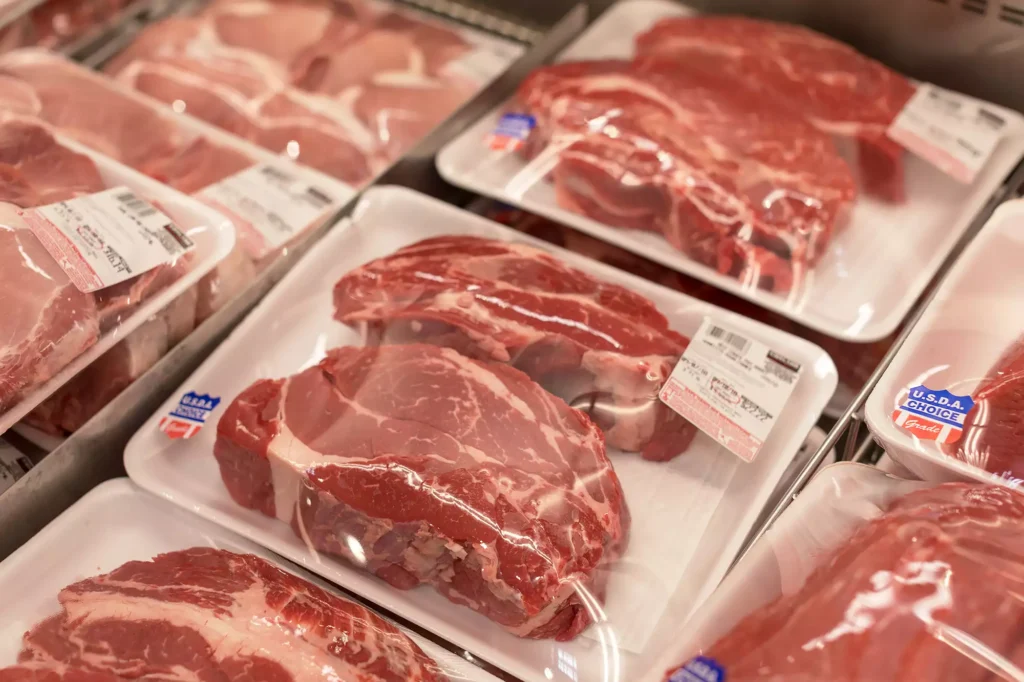
The final step is the packaging and labelling. The use of vacuum packaging technology prevents the build-up of bacteria and renders enzymes inactive, preserving meat for a long time. Automated labelling leaves little to no room for error and includes beneficial information such as nutrition, the weight of cut, type of cut, and so on.
